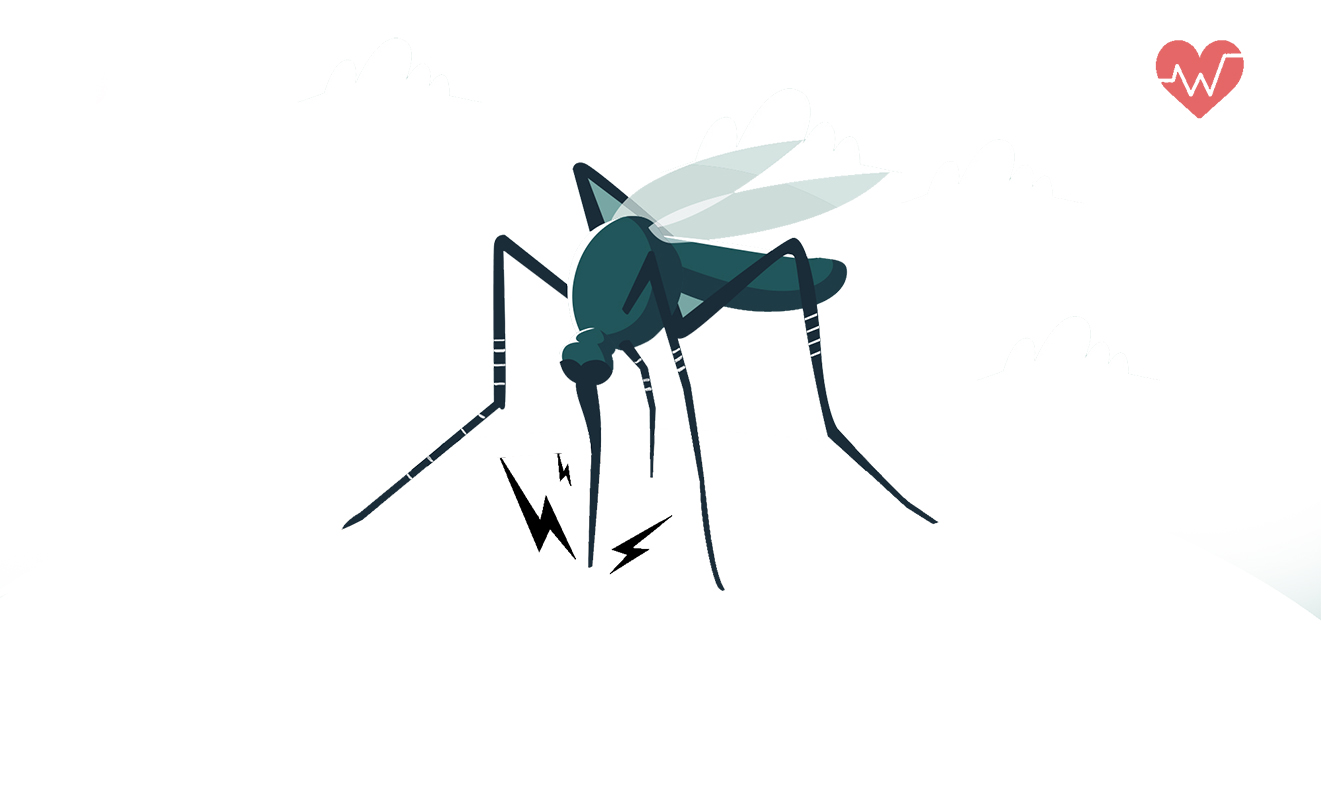Protecting One's Home from Dengue Mosquitoes
The recorded cases of recent Dengue infection has reached a staggering 8000+ in various regions of Nepal.

The recorded cases of recent Dengue infection has reached a staggering 8000+ in various regions of Nepal. The rapid spread of Dengue has been boosted, especially in the Kathmandu Valley, by poor levels of urban sanitation, improper waste management, and to a certain extent by climate change.
Spread by the Aedes breed of mosquitoes, dengue is contracted by the bite of an infected mosquito. Its symptoms are: sudden high fever, severe headache especially behind the eyes and at the back of the head, severe joint and muscle pain along with skin rashes that appear two to five days after the fever. Dengue is a highly dangerous virus, which as yet does not have a direct cure.
The lifespan of the Aedes mosquito ranges from two weeks to a month depending upon environmental conditions. A female Aedes mosquito is capable of laying 100-200 eggs per batch. It can produce up to five batches of eggs during its lifetime. The total number is a staggering 500-1000 mosquitoes per female. Aedes mosquitoes lay their eggs in domestic containers, flower pot plates, AC vents, water coolers, gutter drains, toilet bowls and other stagnant water bodies. Any place where water has accumulated and is stagnant becomes a breeding ground for these mosquitoes. It is alarming to know how one’s home can be a breeding ground for these mosquitoes if proper sanitation and overall hygiene are not maintained.
You can take a few measures mentioned below to protect your home from becoming a breeding ground for mosquitoes:
- Do not let water stagnate. Turn over all water storage containers once they are empty. For water collected through rain harvest, it is recommended to use a closed system. Rainwater should be utilized at the earliest, and if not then it should be drained.
- Change water in vase/bowl. If you are an indoor plant person and have plants that require a body of water to grow, then it is strongly recommended that water be changed once in two-three days. If you find upon inspection, that your water vessels have been infected, follow Dr.Krishna Maharjan advice. He states, “The eggs, larvae and pupae are difficult to kill. One can pour kerosene or diesel in the vessel. One can also utilize dish soap, shampoo but they re not as efficient.” After that he recommends disposing the water down a drain, and thoroughly cleaning
the vessel. - Keep your surrounding clean. Discard tires, bottles, pots and pans which have been left at one’s roof or surrounding areas. They are the perfect breeding grounds as they collect rainwater and remain stagnant for a long period. If your neighbors have openly hoarded such items then this awareness should be passed on, to them.
- Rain gutters should be cleaned and debris removed as that causes water to accumulate. It is recommended to clean any stagnant water in air cooler units and vents.
- Keep your garden clean: If you have a micro garden or a kitchen garden, loosen soil in the pots as it prevents the accumulation of stagnant water on the surface. If you live near a forest area or near natural bodies of water, put screens on windows and doors.
- Use a good insecticide spray in dark corners (curtains, clothing rack, under the sofa, under the tables and cabinets). It is recommended that this process be carried out when most members are away as inhaling these types of insecticide is not good for the lungs, especially for young children and infants.
- Even with all the precautions, if you or any family or workplace member were to exhibit signs of the dengue infection, it is recommended that he/she be tested and diagnosed immediately. It is strongly recommended that individuals do not panic, as it could lead to mass hysteria. With the season in transition, many mistake cold and the flu symptoms for dengue. Do not consume medication without a proper diagnosis. Herbal and ayurvedic are also effective, but individuals must not depend upon them completely and they must not become an excuse for not to be tested and diagnosed. As long as one is infected, he/she can be bitten by another mosquito, and the disease transferred to other members.


